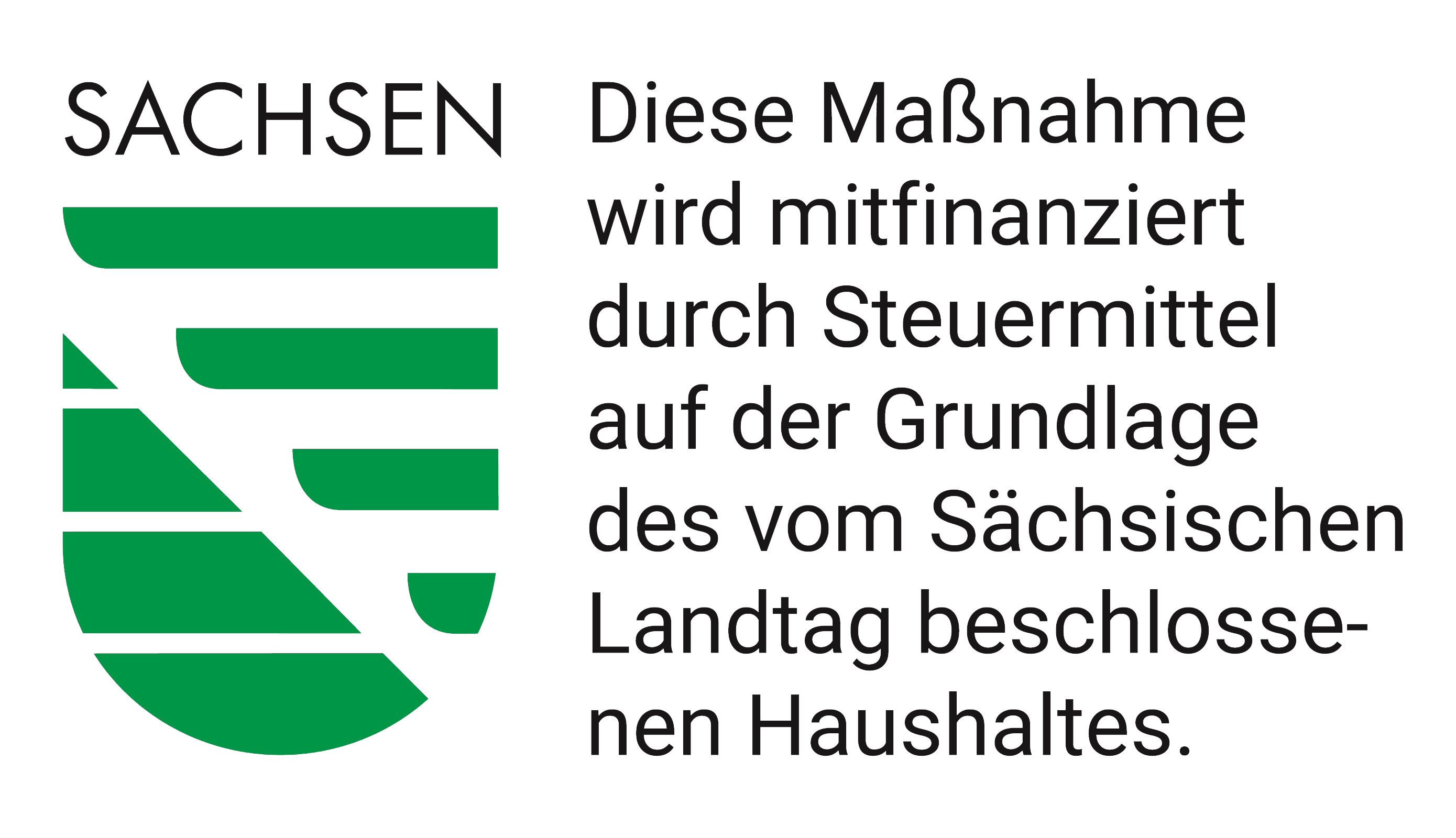Abstract
For fulfilling the demand of durable yet lightweight electrical connections in transportation industries, ultrasonic metal welding (USMW) sees widespread use in these branches. As the ultrasound oscillations utilized in the welding procedure occur at a range of only a few micrometers at frequencies of 20–100 kHz for an overall duration of only 50–1500 ms, it is not possible to observe the compaction behavior with the bare eye. This paper focusses on investigating the oscillation behavior of the horn, the anvil, and the joining partners during the welding procedure by utilizing an array of synchronized laser vibrometers and performing welds with incrementing time stages. The oscillation data is correlated with temperature measurements in the welding zone as well as tensile testing results. Inter alia the formation of sidebands at the fundamental frequency as well as 2nd- and 3rd-order harmonics has been observed for the anvil, terminal, and wire front face when exceeding optimal weld time which would lead to maximum joint strength. Following the assumption of other research groups, the cause of these sidebands could be a change in relative motion of these components. As the terminal is slipping with increasing weld time, it could be assumed that the reason for the sidebands is low-frequency movement of the anvil, modulated onto the fundamental frequency, additionally indicating successful bonding of the stranded wire and the terminal. Furthermore, this slipping of the terminal on the anvil could lead to increased wear of the anvil knurls.
